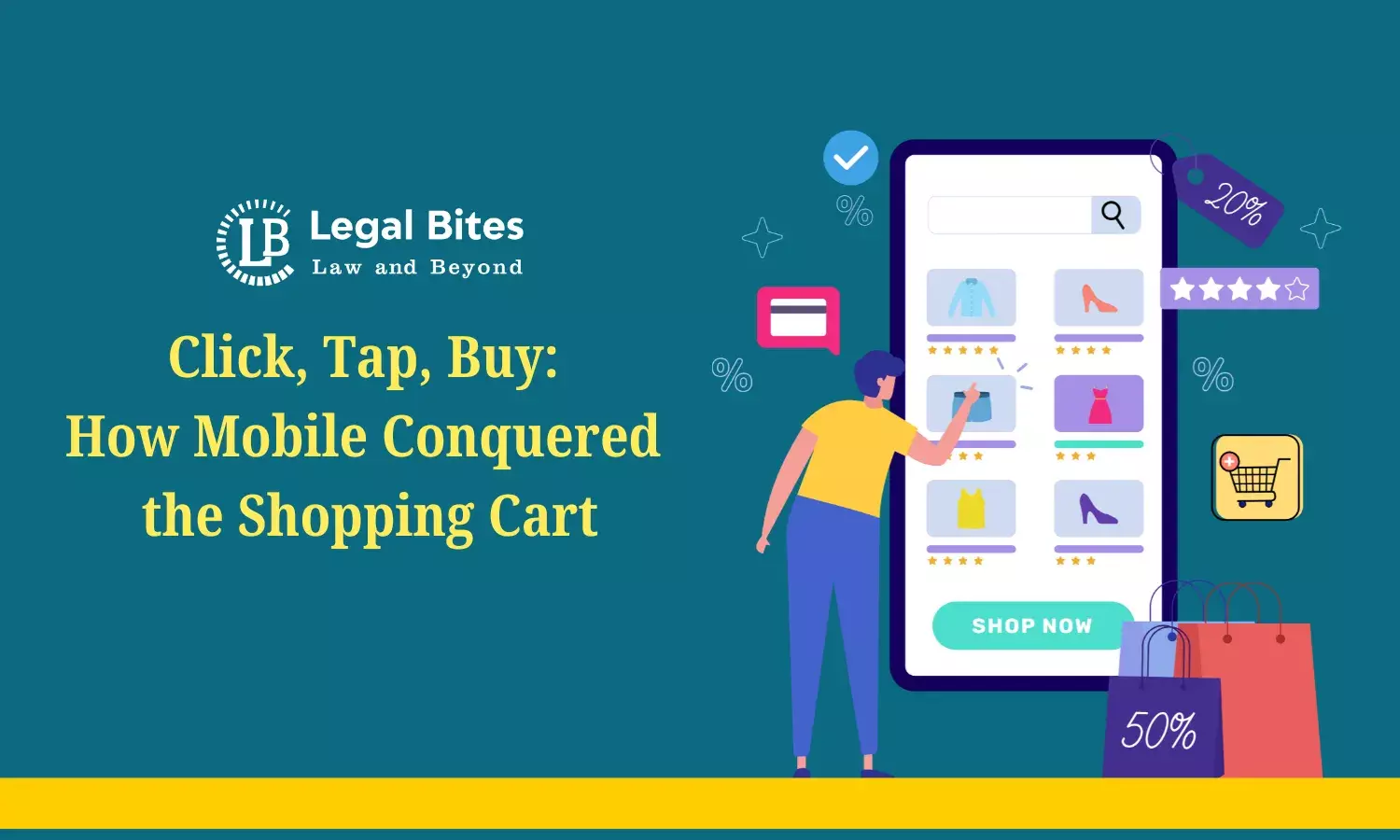Click, Tap, Buy: How Mobile Conquered the Shopping Cart
Check out this article to learn about the revolutionary impact of mobile technology on the traditional shopping cart experience.;

The Digital world is overgoing a huge drastic shift, with E-Commerce(M-Commerce). Smartphones dominate global online E-commerce websites and are reported for 80% of retail website traffic in 2023, leading to two-thirds of online shopping websites and applications.
What is in real driving the consumers to online mobile shopping Applications? What is the Future of M-Commerce?
Introduction to M-Commerce
Mobile Commerce also known as M-Commerce is nothing but selling and buying goods and services through mobiles, tablets, Smartphones, Social media Applications, etc. It includes various tasks, including browsing product catalogues, comparing pricing, placing orders, and making safe payments. The ease of use of mobile applications and websites has transformed how we purchase. Today's consumers may purchase practically anytime, anywhere, with just a few clicks on their smartphones, eliminating the need to visit physical shops and navigate packed lanes.
Rise of Mobile Commerce
1) Birth of Smartphones: the birth of smartphones is a major driver in the rise of mobile shopping Apps, with an increase in Affordability, Quality, Variety in each thing, ease of choosing the best suitable product through different applications or websites etc. With the birth of smartphones, it has been easier for people to explore products online in their comfort space at home without having to travel.
2) Enhanced Online Connection: Increased availability to fast internet, particularly 5G networks, allows for smooth mobile surfing and faster transaction processing. Reliable and cheap internet access is essential for a seamless smartphone shopping session.
3) Proliferation of Mobile Shopping Applications: Companies invest extensively in building user-friendly mobile applications that provide a seamless and intuitive purchasing experience on smaller displays. These applications prioritize clarity, straightforward navigation, and easy access to crucial product information. For Example; H&M, ZARA, GUCCI, Westside, SHOPPERS STOP, PANTALOONS etc.
Advantages of Mobile Commerce
Shopping? No, more like shopdropping. We are talking about perusing new outfits on the bus, grabbing trainers between courses, or upgrading the closet at 2 a.m., all from a smartphone. M-commerce is booming; skip the shop and do it anytime and anywhere.
Lost at the checkout? Need help with sizes? Do not even consider dialling customer service; it's so last season. These online applications will have a chatbot as well as live chat, allowing the customers to obtain answers to their queries right away. There is no obligation to wait in line or deal with countless emails. It is all about immediate assistance.
Busy parents, for instance, may replace diapers through their phones while they are in need, rather than making an effort and make time to travel to the supermarket later.
Way Forward
Amazon, surely, stands out here since there isn't much the app can't do to improve the consumer experience, whether you're seeking out a product, reading reviews, looking for assistance, or utilizing sophisticated features like augmented reality to view how a new piece of home furnishing appears in the living room.
"With appropriate client information to power the shopping app, any business can provide more personalized encounters that also make purchasing simpler and more exciting."
Some online platforms have incorporated native checkout facilities to encourage customers to make in-app purchases. Instagram Checkout, for instance enables users to keep their payment information within the app. When the user is ready to make an order, Instagram automatically fills out all the required details to complete the transaction. Nevertheless, people have been cautious about making purchases in-app.
In response to this customer reluctance, Pinterest has adopted an alternate strategy to online shopping through its collaboration with Amazon. From a Pinterest shoppable ad, the customer is sent to the highlighted product's Amazon listing for purchase. According to research, over three-quarters of consumers aged 16 to 30 prefer to buy outright from a merchant. Consumers prefer that an established store handle purchases, shipping, and delivery, despite concerns about data protection.
Social media influencers play a vital role in marketing and advertising the brands through various social media applications like TikTok, Instagram Reels, YouTube Shorts etc. Internet users (consumers) purchase products after seeing them used by an influencer.
By generations, GenZ's are more likely to pay with their cell phones. As the mobile-first generation enters its financial prime, Generation Z will continue to fuel rising transaction growth. Our Smartphones are always in our hands nowadays, so it is no wonder that shopping is also becoming mobile. Forget cumbersome websites; mobile applications are the next generation of buying! From the insane increase during quarantine to the data that screams "Gotta have this app," it is evident that smartphone shopping is blazing.

